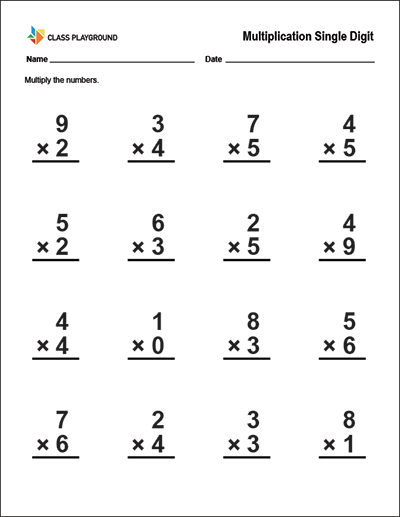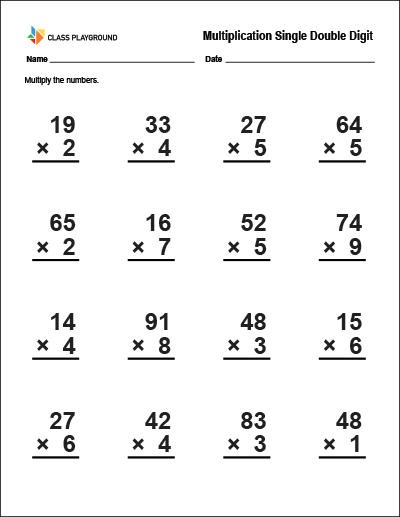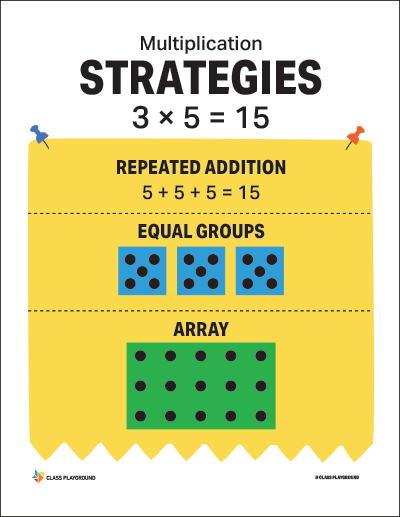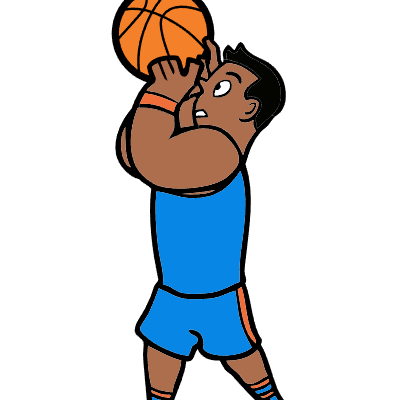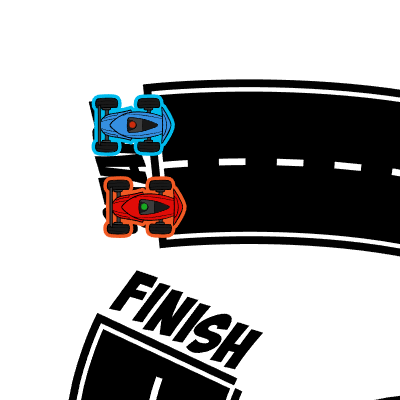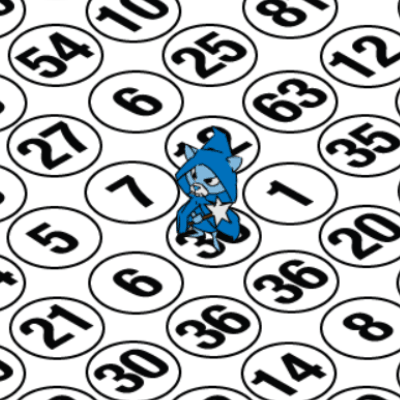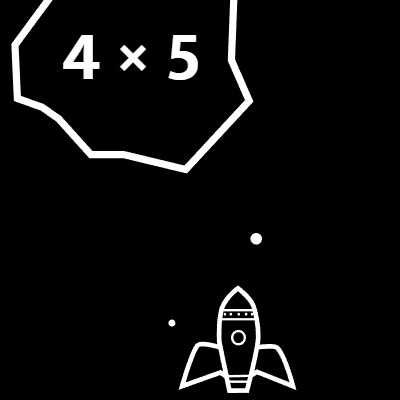Why Teach Multiplication to Elementary Students?
Multiplication is a fundamental mathematical operation that forms the basis for more complex concepts in mathematics. It’s a crucial skill that students need to master in order to succeed not just in school, but also in everyday life. Understanding multiplication helps students solve real-world problems, such as calculating quantities, understanding patterns, and making comparisons. Moreover, it builds a strong foundation for more advanced mathematical topics like fractions, decimals, percentages, algebra, and geometry.
What is Multiplication?
Multiplication is one of the four basic operations in arithmetic, along with addition, subtraction, and division. At its most basic level, multiplication is repeated addition. For example, 3 x 4 (read as “three times four”) is equivalent to adding three together four times (3 + 3 + 3 + 3), resulting in 12.
Strategies to Teach Multiplication
- Use of Manipulatives: Begin by using physical objects or manipulatives to give students a hands-on experience with multiplication. For example, if you’re teaching the concept of 2 x 3, take two groups of three objects (like coins or blocks) and have students count the total number of objects. This helps them understand that multiplication is essentially repeated addition.
- Introduce Times Tables: Once students are comfortable with the concept of multiplication, introduce them to times tables. Start with smaller numbers like the 2s, 5s, and 10s tables, which have patterns that make them easier to remember. Use songs, rhymes, or mnemonic devices to help students memorize these tables. Gradually introduce larger numbers as they become more confident.
- Relate to Real-Life Situations: Contextualize multiplication within real-life scenarios to make it more relatable and meaningful. For instance, you can pose questions like, “If you have 4 friends and you give each friend 3 candies, how many candies will you give out in total?” This helps students see how multiplication is used in everyday situations.
- Use of Visual Aids: Visual aids like arrays, number lines, and area models can be very useful in teaching multiplication. An array, for instance, is a set of objects arranged in rows and columns, and it can effectively illustrate the concept of multiplication. If you’re teaching 3 x 4, you can draw an array with 3 rows and 4 items in each row. Students can then count the total number of items to find the product.
- Teach through Games: Games can make learning multiplication more engaging and fun. For example, you can play ‘Multiplication War’ using a deck of cards where each player draws two cards and multiplies the numbers together. The player with the highest product wins the round. There are also numerous online games and apps that can help students practice their multiplication skills.
Activities
- Multiplication with Objects: This is a hands-on activity where students use physical objects to understand multiplication. For instance, if you’re teaching 2 x 3, provide students with six objects (like coins or blocks) and ask them to make two groups of three. This tangible representation helps students grasp the concept of multiplication as repeated addition.
- Create Times Tables Art: This activity combines art with multiplication, making learning more fun and engaging. For example, students can create a “multiplication flower” where each petal represents a fact from a times table (e.g., for a ‘2’ flower, one petal might have ‘2 x 3 = 6’). They can color and decorate their flowers, creating a vibrant visual representation of multiplication facts.
- Multiplication Word Problems: Word problems help students apply multiplication in practical scenarios. Create problems that relate to their everyday lives. For instance, “If one box holds 4 pencils, how many pencils are there in 5 boxes?” Encourage students to draw or use objects to solve these problems, reinforcing their understanding of multiplication.
- Multiplication Bingo: In this game, create bingo cards with answers to multiplication facts instead of numbers. You call out multiplication problems (like “2 times 3”), and students cover the answer on their cards if they have it. The first student to cover a row (vertically, horizontally, or diagonally) shouts “Bingo!” and wins. This game encourages quick recall of multiplication facts in a fun and competitive way.


